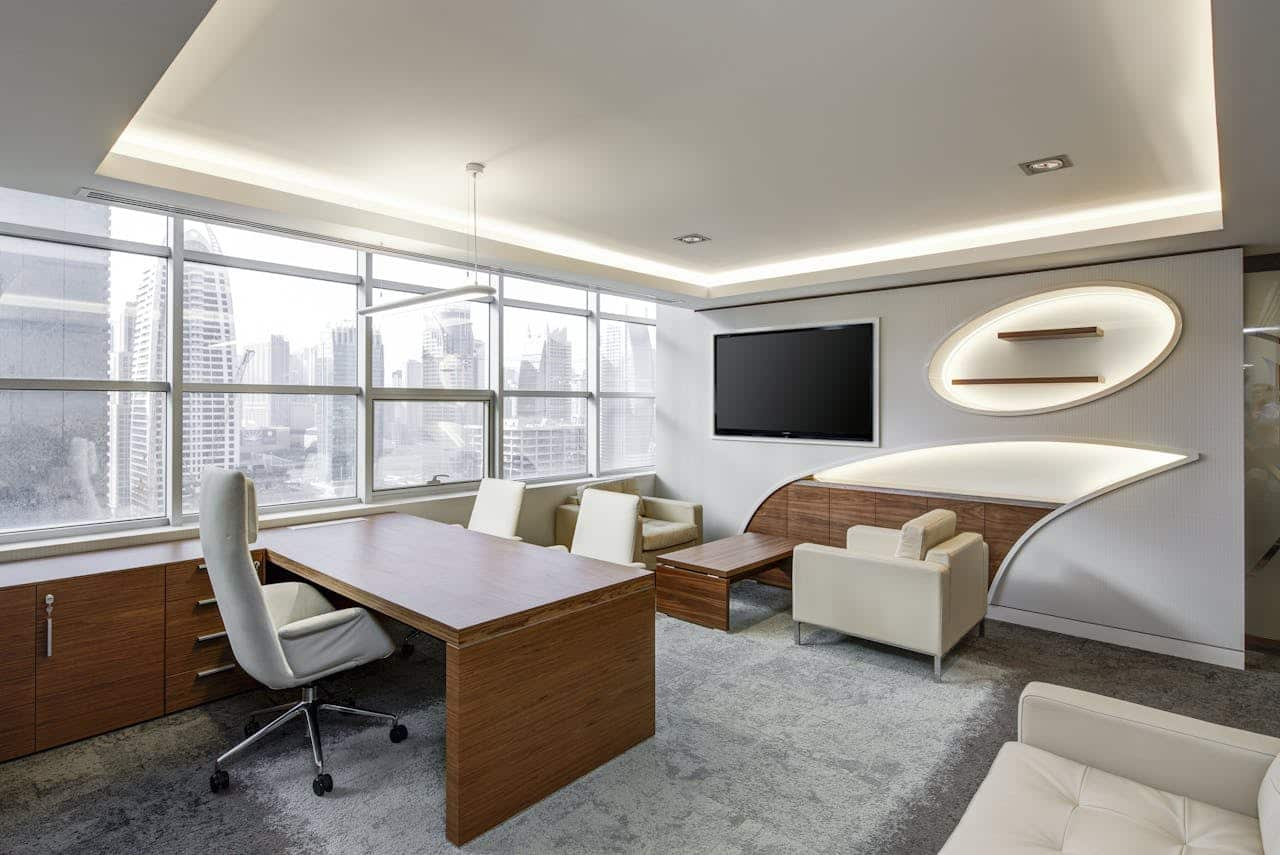A well-designed workspace enhances comfort and boosts productivity. Employees spend long hours at their desks, making ergonomic office furniture essential for their health and efficiency. The right chairs, desks, and accessories prevent discomfort, improve posture, and reduce fatigue. As a result, businesses experience increased performance, fewer sick days, and better overall job satisfaction.
Table of Contents
ToggleUnderstanding Ergonomics in Office Furniture
Ergonomic furniture adapts to a person’s body and working style. Unlike traditional office setups, ergonomic designs support natural movement and proper posture. Poorly designed furniture causes discomfort, reduces focus, and increases the risk of injuries. Adjustable chairs, standing desks, and wrist-friendly keyboards create a healthier and more efficient workspace.
Why Comfort Matters in the Workplace
A comfortable environment enhances focus and reduces stress. Ergonomic chairs with lumbar support prevent back pain, while height-adjustable desks allow users to switch between sitting and standing. This flexibility improves blood circulation, keeps energy levels high, and minimizes strain on muscles. When employees feel comfortable, they work with greater efficiency and satisfaction.
How Ergonomic Furniture Enhances Productivity
1. Reduces Workplace Injuries
Many employees experience repetitive strain injuries (RSI) due to prolonged sitting and poor posture. Ergonomic chairs with adjustable armrests and lumbar support minimize spinal strain. Standing desks help prevent sedentary-related health issues like obesity and heart disease. When employees feel physically well, they perform better.
2. Improves Posture and Comfort
Properly designed office chairs support the natural curvature of the spine, preventing slouching. Sitting with good posture reduces tension in the back, neck, and shoulders. As a result, employees experience fewer headaches and muscle aches.
3. Enhances Focus and Energy
Discomfort distracts employees from their tasks. Ergonomic furniture eliminates unnecessary strain, allowing workers to focus better. Alternating between sitting and standing improves circulation, prevents stiffness, and boosts energy throughout the day.
4. Increases Employee Satisfaction
A company that prioritizes workplace comfort shows commitment to employee well-being. Workers feel valued and more engaged when they have a comfortable environment. Higher satisfaction leads to lower turnover rates and better teamwork.
5. Encourages Active Work Habits
Sitting for long hours negatively affects health. Standing desks promote movement, reducing the risks associated with prolonged sitting. Additionally, ergonomic layouts encourage walking and stretching, which improves circulation and reduces stiffness.
Choosing the Right Ergonomic Office Furniture
1. Ergonomic Chairs
The ideal office chair should have:
- Adjustable seat height for different users.
- Lumbar support that maintains the spine’s natural curve.
- Armrests and headrests for additional comfort.
- Breathable fabric to ensure long-term use.
2. Height-Adjustable Desks
Standing desks improve posture and energy levels. These desks:
- Reduce back and neck strain.
- Allow users to customize their workstation height.
- Encourage movement, preventing fatigue.
3. Proper Keyboard and Mouse Placement
Incorrect hand positioning causes wrist strain. Ergonomic keyboards and mouse pads with wrist support reduce repetitive stress injuries.
4. Correct Monitor Positioning
Monitors should be at eye level and 20 inches away from the user. This placement prevents neck strain and reduces eye fatigue.
Tips for an Ergonomic Workspace
- Adjust chair and desk height to keep knees at a 90-degree angle.
- Use a footrest to support shorter individuals.
- Maintain proper screen distance to reduce eye strain.
- Take breaks every 30-45 minutes to stretch and move.
- Invest in ergonomic accessories, such as anti-fatigue mats and adjustable armrests.



